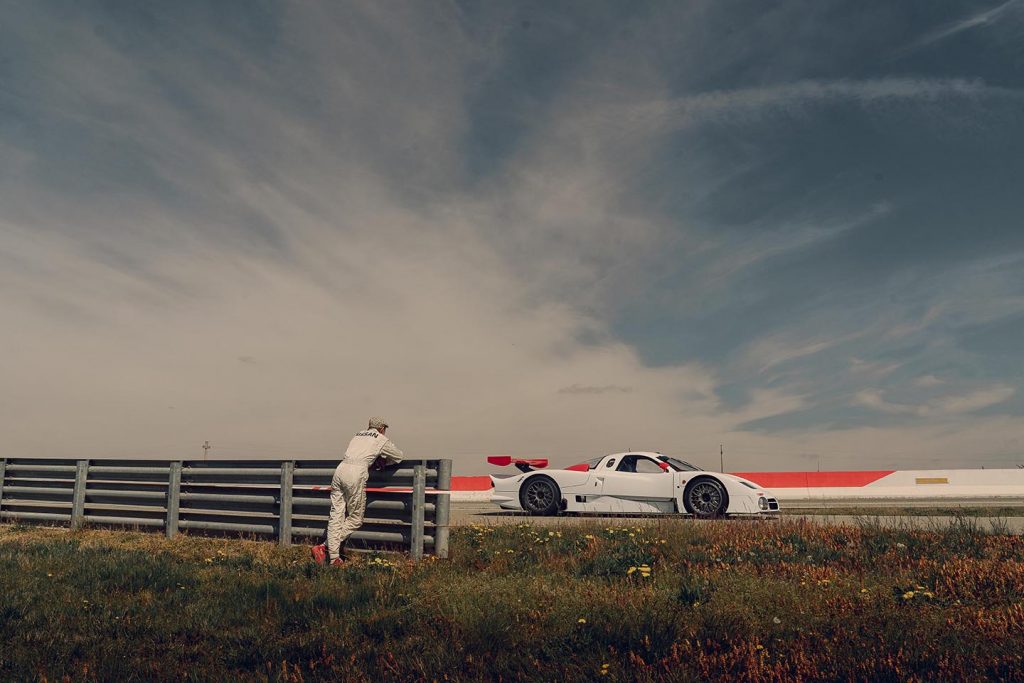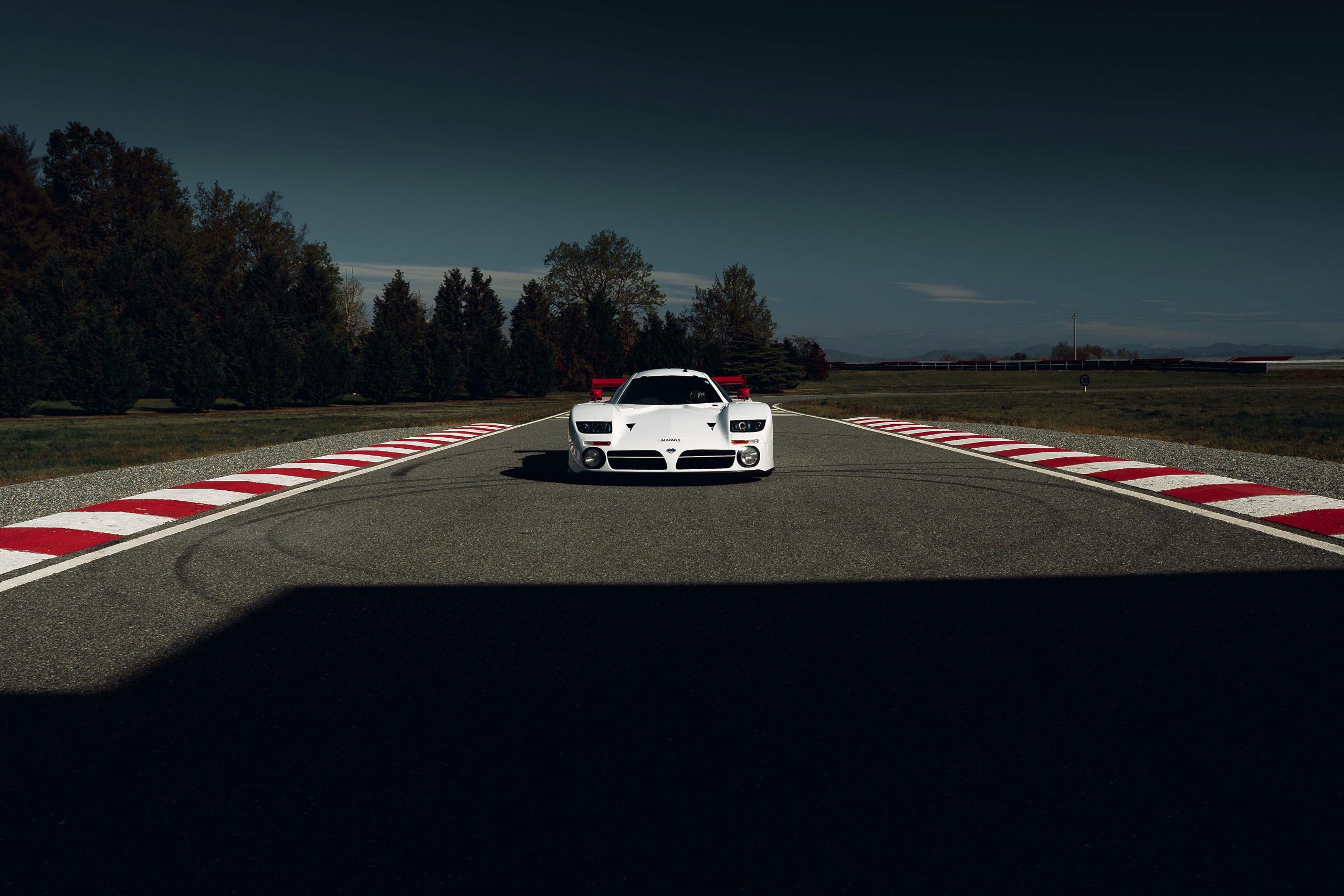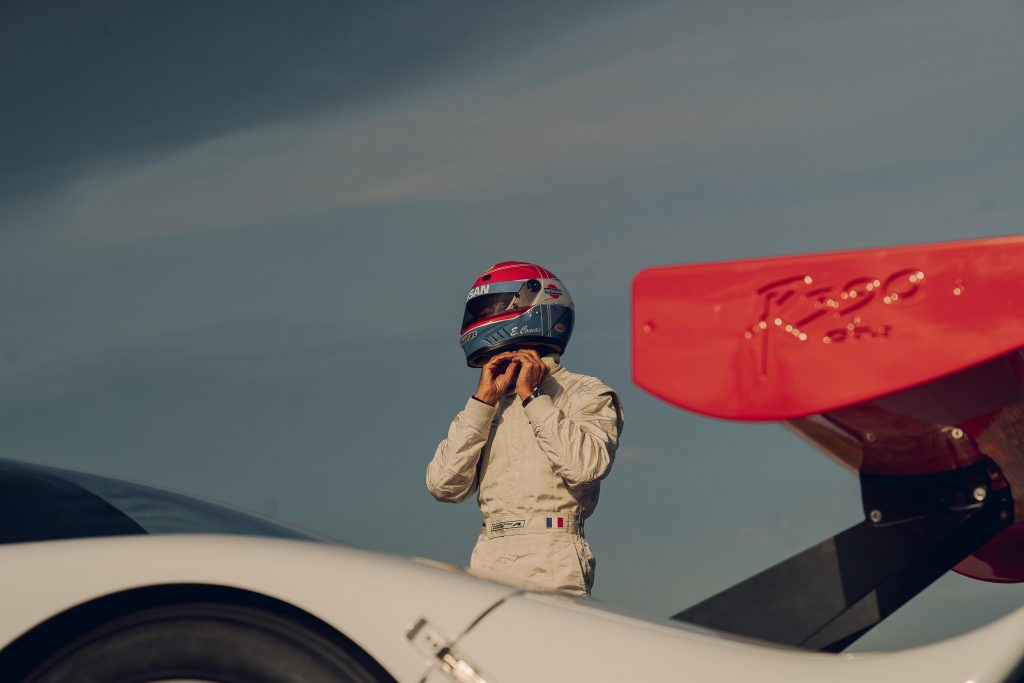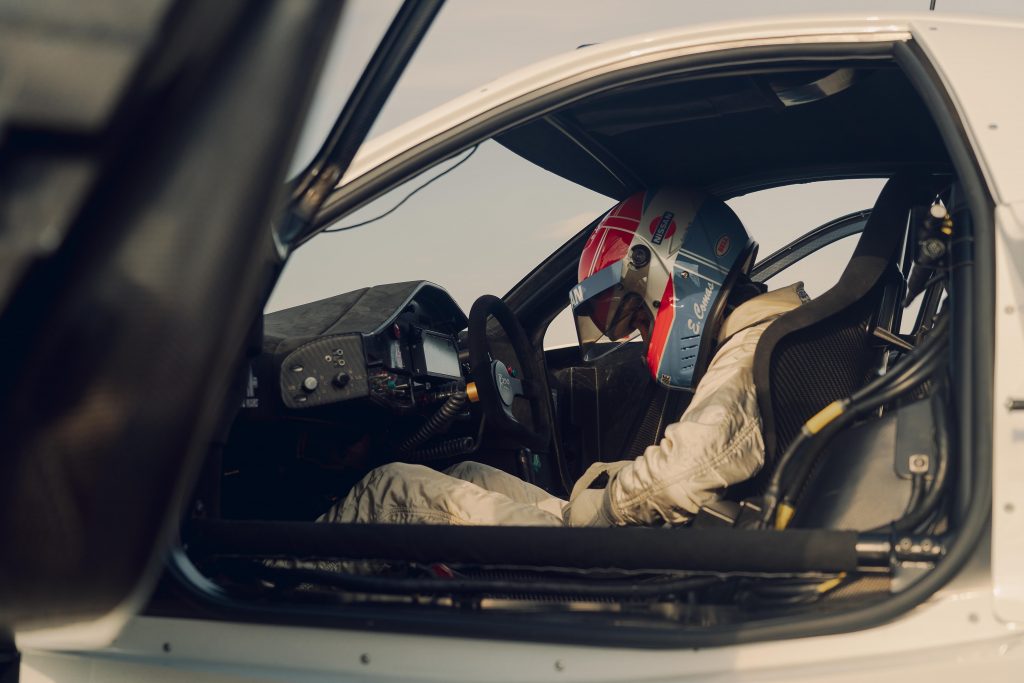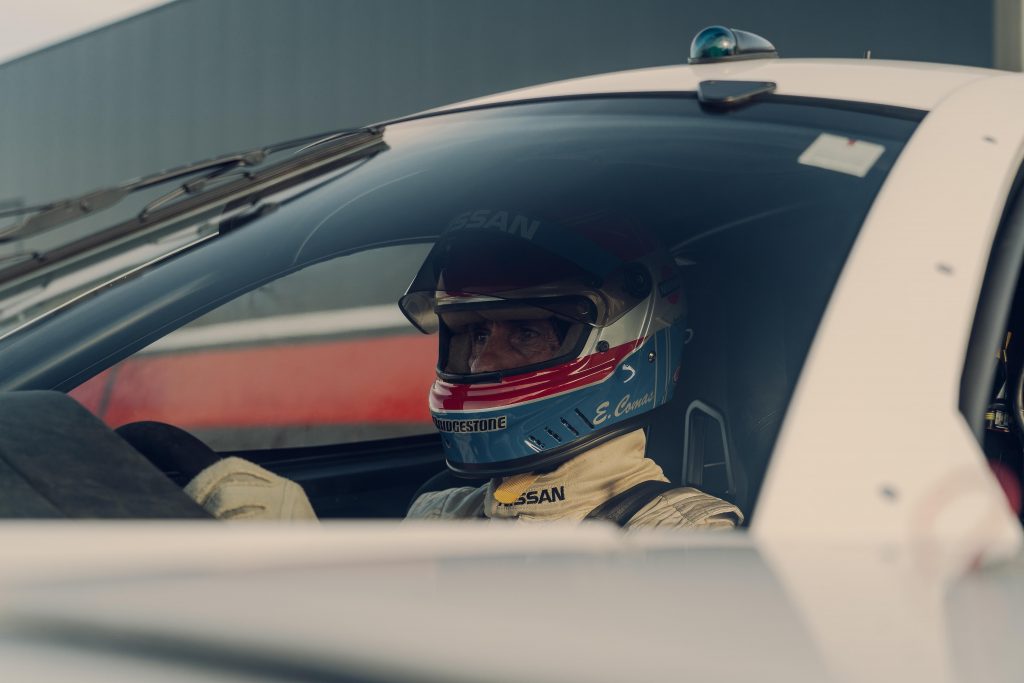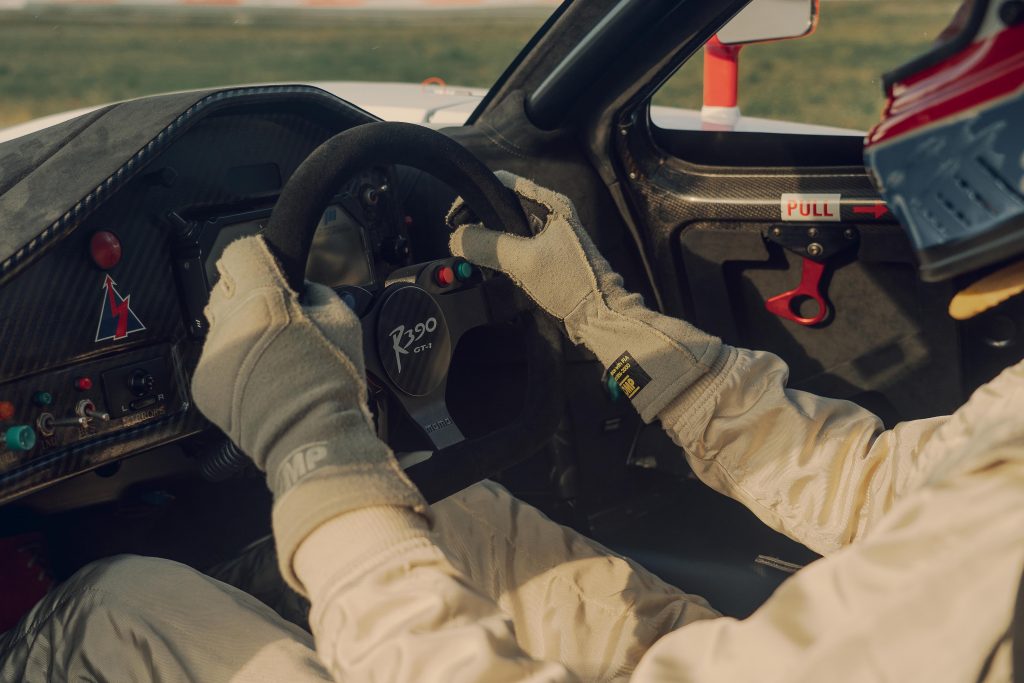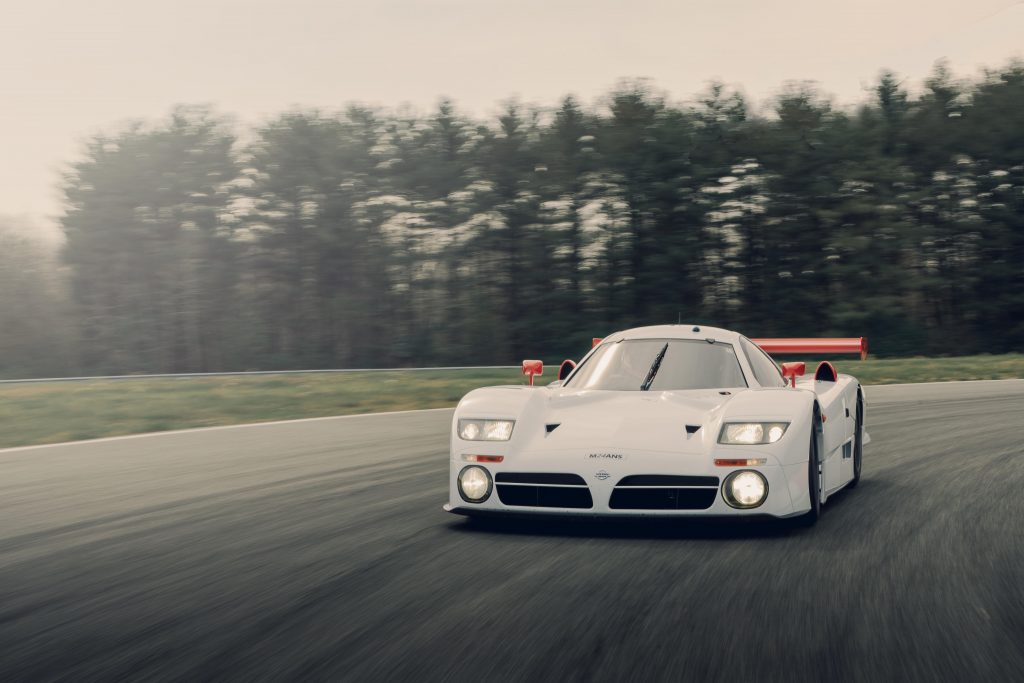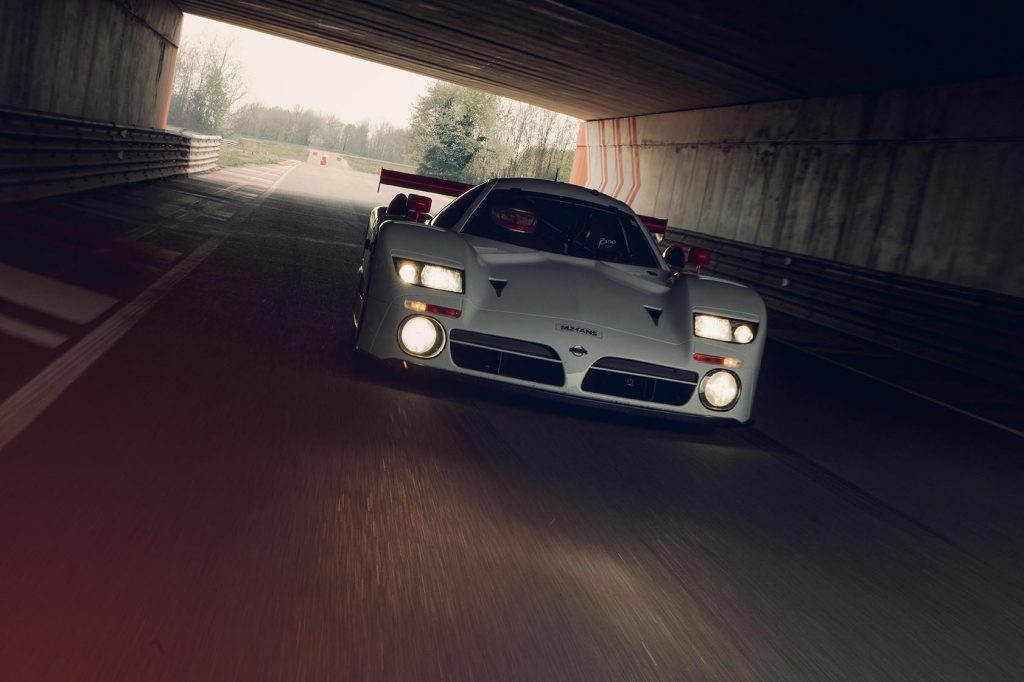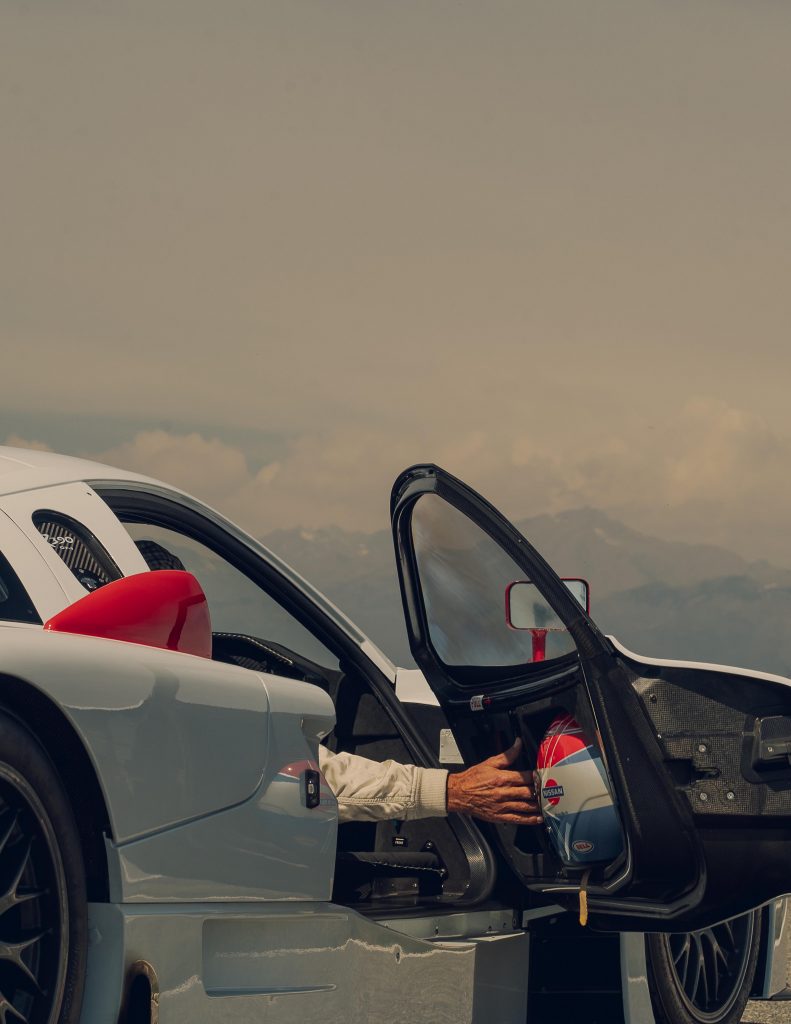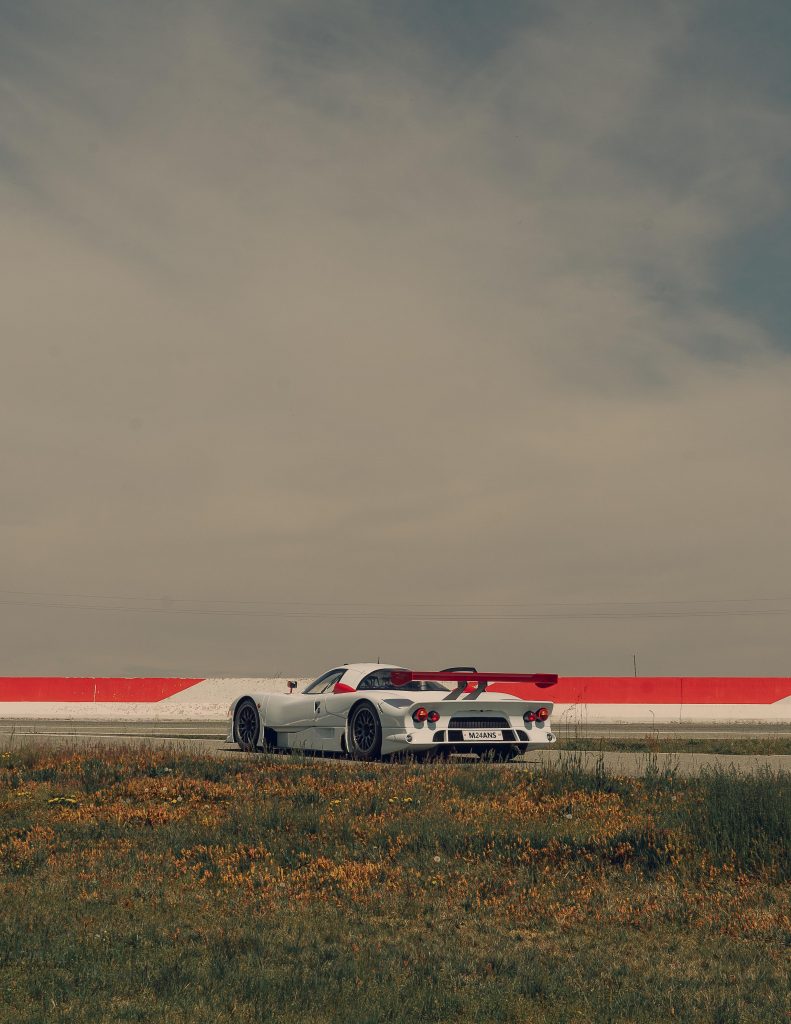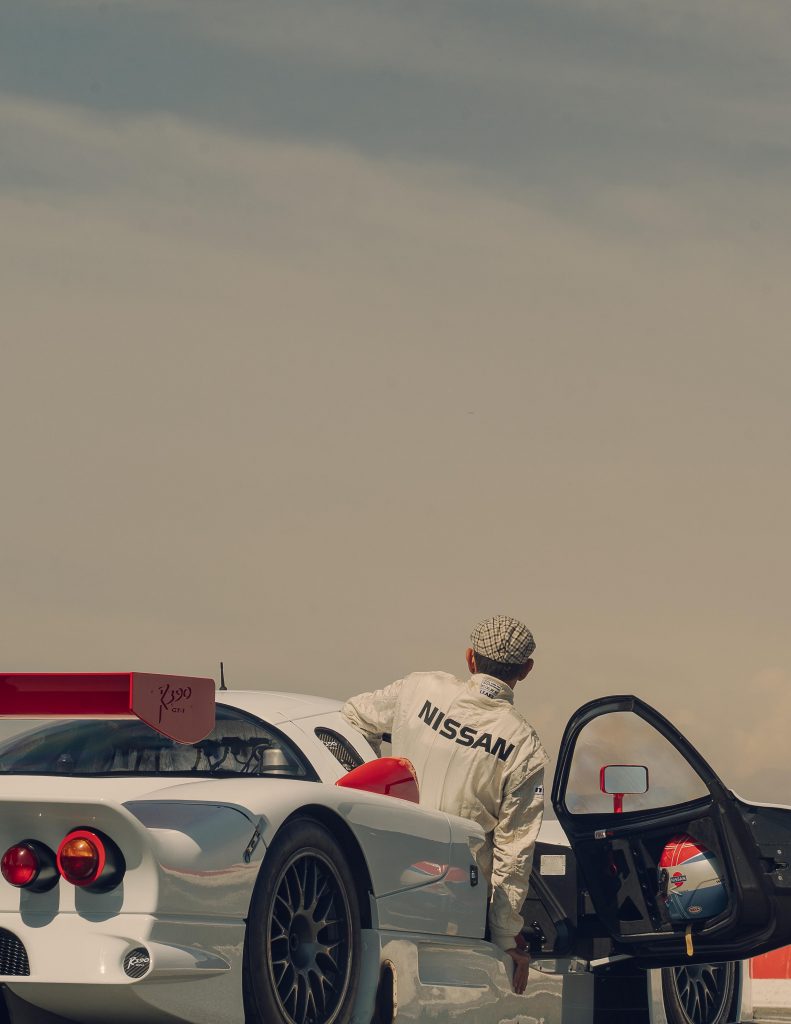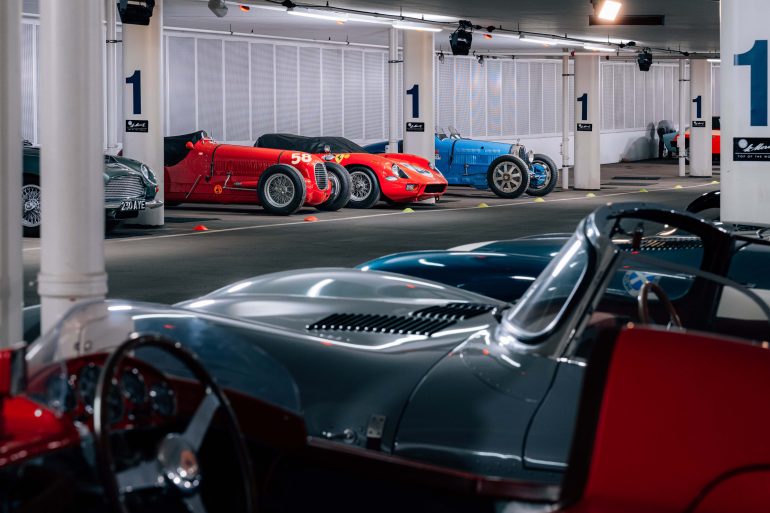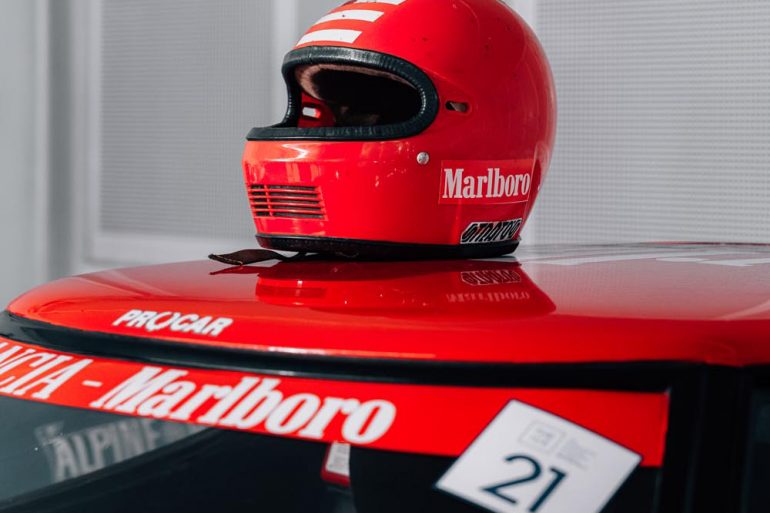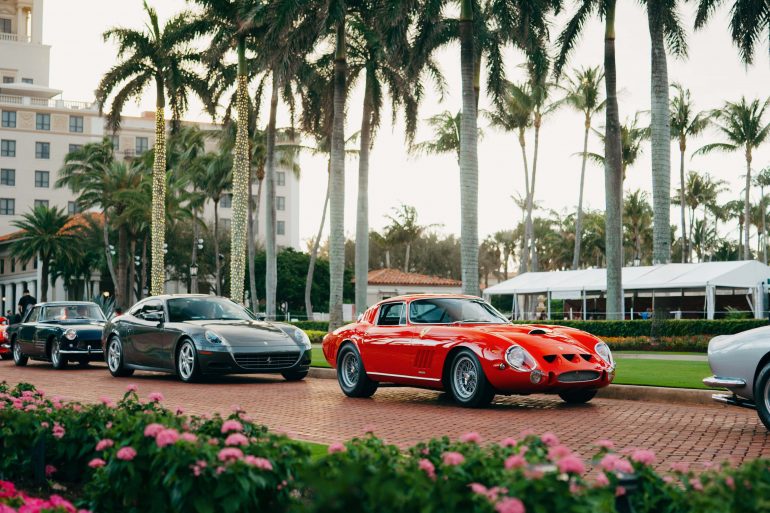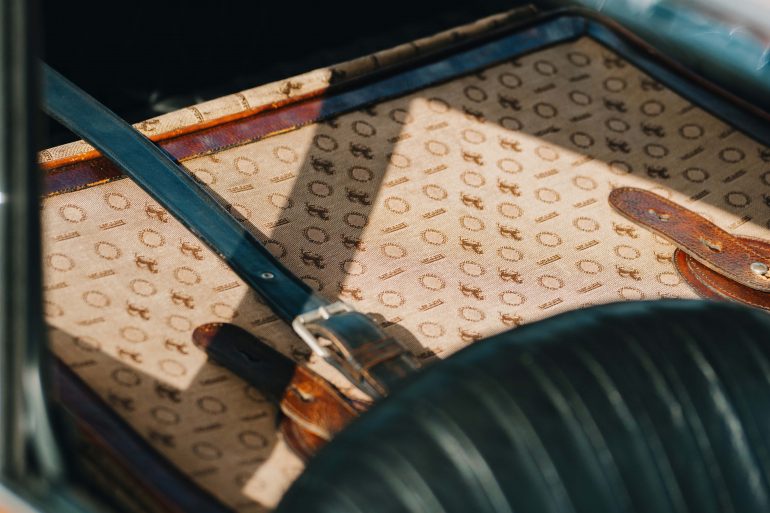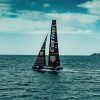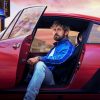The longest day of the year is not the summer solstice on June 21, it is the 24 Hours of Le Mans. While in Italy the world’s most famous endurance race is nothing compared to a random Formula 1 Italian Grand Prix, in many other countries the event at La Sarthe is a proper transhumance for almost any motorsport enthusiast. More than 350,000 spectators every year travel from anywhere on Earth to witness what is not only a moment of tough, dangerous and extreme competition between manufacturers and drivers, but also a breathtaking show where everyone wants to feel part of.
Drivers. At each edition, the automotive press looks for the youngest, oldest, most famous, most beautiful, ugliest, fastest driver of this French-based but universally renowned motoring kermesse. Some of them go back into oblivion, some make history, some will have regrets and some will manage to restore one of the cars they raced in to take a few laps. And for the latter that is a victory.
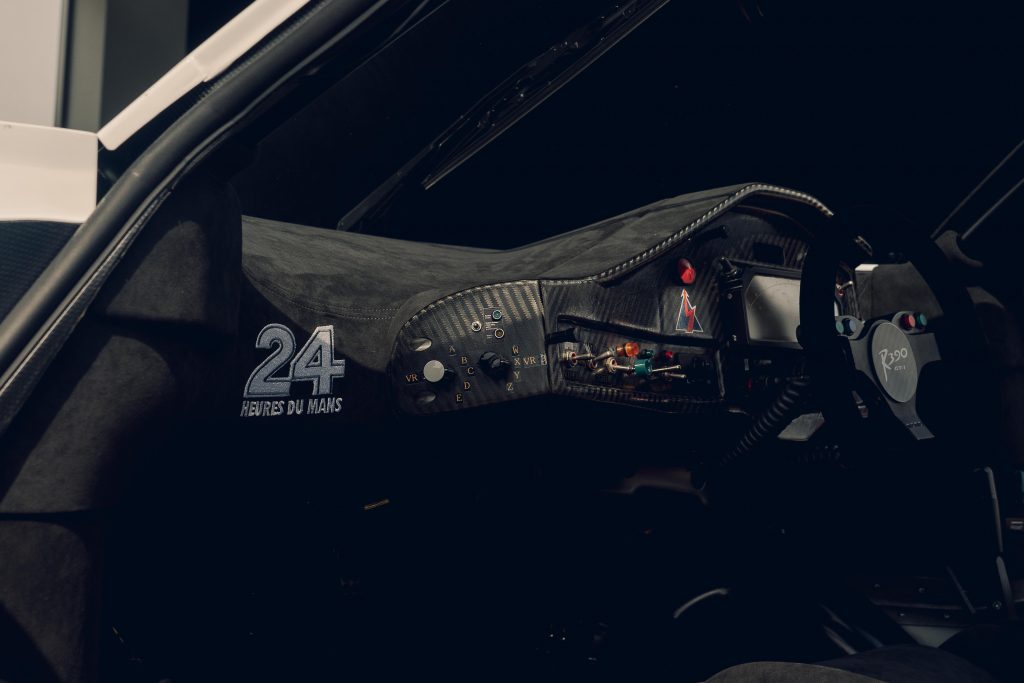
This is not the point of view of a wife who suffers from sitting in a car for more than an hour, it is the story of someone who entered the 24 Hours of Le Mans eight times, my husband Erik Comas.Let’s debunk the legend that I am the reason why Erik no longer participates in rallies. No woman has a similar power. My husband simply felt that the admission of certain ‘heavily-tuned’ vehicles caused some rally competitions to lose their ‘historic’ status. After five years racing with the Alpine A110 and another half-decade in the Lancia Stratos — with which he won the European title in 2017 — Erik returned to GT and did so by restoring the most iconic of the Japanese supercars of the 1990s, the Nissan R390 GT1 with which he competed in the 1998 Le Mans 24 Hours.
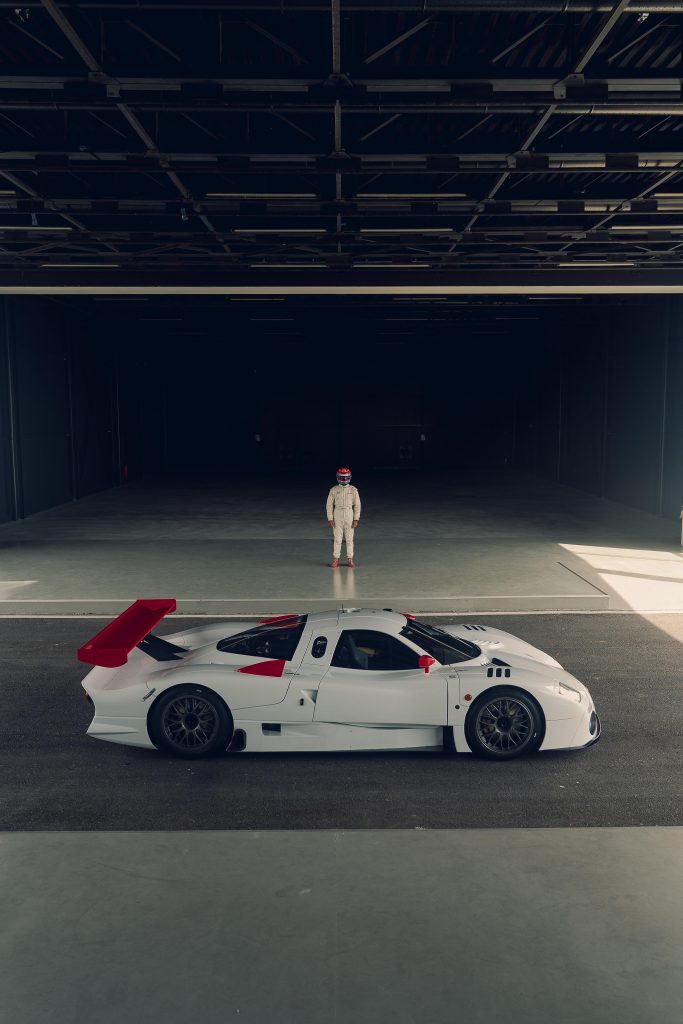
Erik’s GT career, which began in 1995 after Senna’s fatal accident at Imola the previous year and ended in 2006, was the highest point of his career. Moving to Japan for eleven years and even learning the language, he raced with Toyota for two years and then remained loyal to Nissan, winning two Japanese titles, competing in the 24 Hours of Le Mans, and coming close to victory in 2005 with the Pescarolo Sport Team. The only time I ever heard my husband say the word ‘fear’ was when he was talking about his first participation at La Sarthe’s.
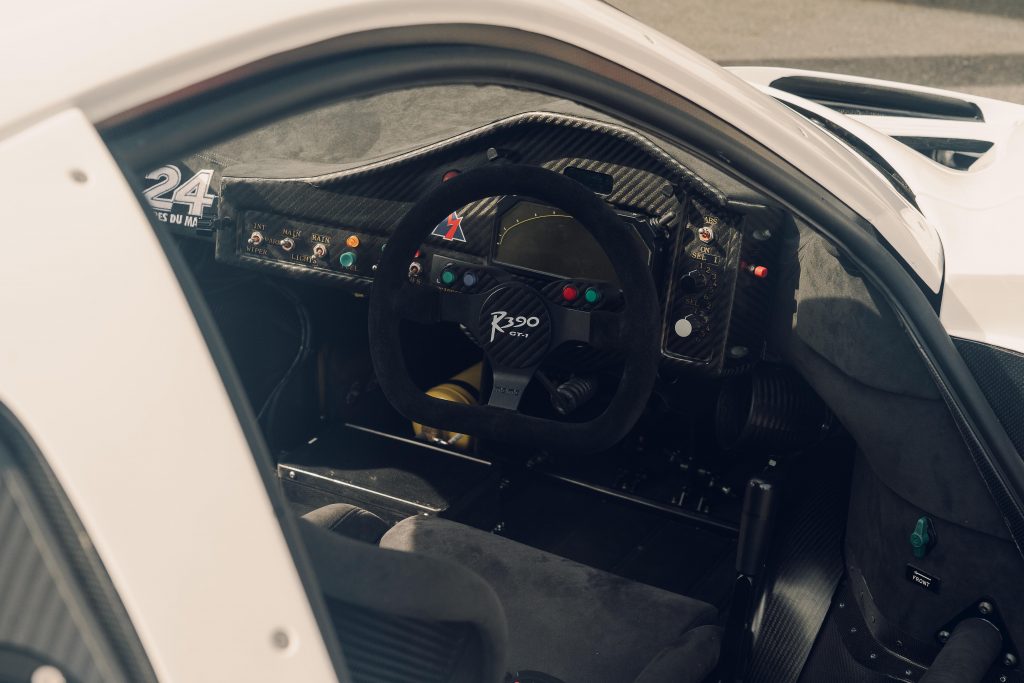
“It was 1995 and I replied to the invitation from Team Larbre Competition, which had just enlisted the then new Porsche 911 RSR GT1. I was sharing the wheel with Jean Pierre Jarier and Jesus Pareja, approaching the circuit and that car for the first time. Qualifying on the first day were interrupted due to an engine failure and I didn’t even touch the car. On Thursday my two co-drivers left my seat between 11pm and midnight. The rain didn’t miss the appointment, the Porsche only had its original headlights, the darkness was total and I sat in that car at 300 km/h for the first time in my life wondering why I had ever accepted. That challenge, in that moment, seemed much more dangerous than my four years in Formula 1 with super fast as well as obsolete cars. On Saturday, race day, I was familiar with the car and everything seemed kinda easy. Despite the rain, we were the fastest on the track thanks to the incredible 911’s traction. We were cruising along the 4th place overall, well ahead of the McLaren that would have win the race, when Pareja violently went off the track. I could have been a Le Mans winner on my debut with a 911, and today I could be a Porsche ambassador.”
“It was my first performance that prompted Nissan to snatch me away from Toyota for both the GT and the 24 Hours of Le Mans, from 1997 to 1999. The beauty and lines of the R390 GT1 immediately convinced me to take the plunge and it was a fantastic three years of testing and development. I am the only Nissan driver to have done the entire three-year programme, covering — I think — around 30,000 kilometers with the R390. It was an absolutely magical time that I lived between California by choice, Europe — for Le Mans testing — and Japan for testing and the GT championship that I won twice in 1998 and 1999. At Le Mans 1997 the R390 was the fastest but not very reliable, we finished 12th after two gearbox changes. One year later, after four x 30-hour long simulations on various racetracks, the car proved to have no more faults as of the four cars at the start, all crossed the finish line.”
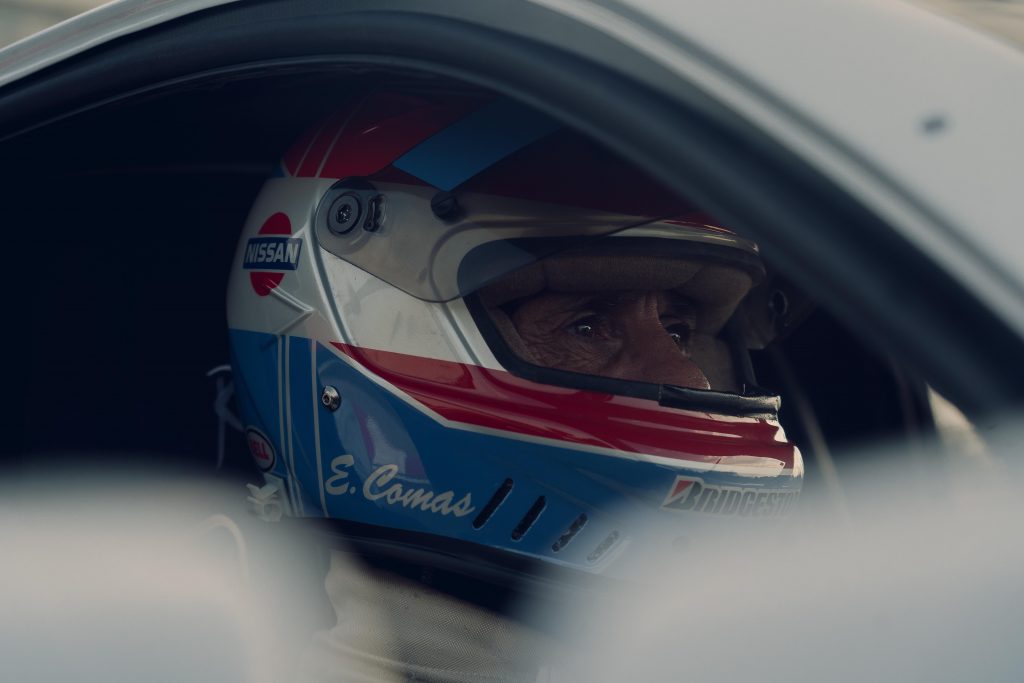
“A personal and daring rules’ interpretation by other manufacturers had actually made us outperform. However, the Nissan R390 #32’s 3d place on the podium behind the two Porsches has been a great success in Japan because, for the only time in history, there were three Japanese drivers onboard. They were slower than my car #31 — 6th place —and #30 — 5th place — but they didn’t make any mistake, unlike my team-mate Andrea Montermini who hit a car at dawn requiring several technical intervention and made us missing the podium.”
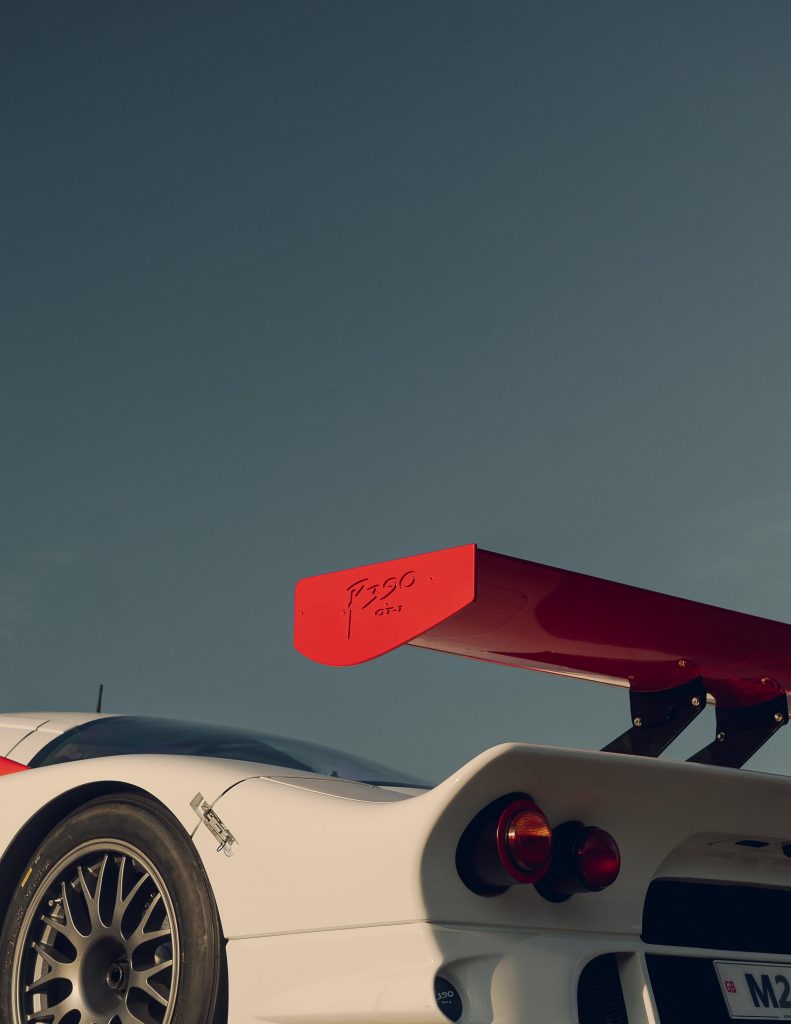
“At 1999 24 Hours of Le Mans, for the first time in my life, I drove a prototype, the R391, which unfortunately retired because of the engine while we were in 4th place. With it, however, I won the last race of the 20th century: the Fuji 1000 Km. In 2000, this car became very successful, but Carlos Ghosn decided to cut the sports programme, thus offering Audi an easy first victory.”
“It was only in 2002 that I went back on the road to Le Mans after a year’s break to drive the Oreca Judd V10, a prototype again, not easy to drive but fast enough to end in 5th position. In 2004 Pescarolo Sport that offered me a wheel again with the famous Judd V10 derived from the Yamaha F1 engine and we scored a 4th place.”
In 2005, incredibly, the regulations gave us an advantage and we started from pole position with the Pescarolo Judd. I was leading the race when the robotized gearbox locked up and I had to wait long, interminable minutes at the stand, losing four laps. From that moment on we smashed one lap record after another and finished 2nd. Second! An eternal regret because of a poorly manufactured mechanical part from a supplier worthing a few euros. Are there words enough meaningful to explain such regret? In 2006, still with Pescarolo Sport, the regulations were working less in our favor, but still.. 4h on the finish line.”
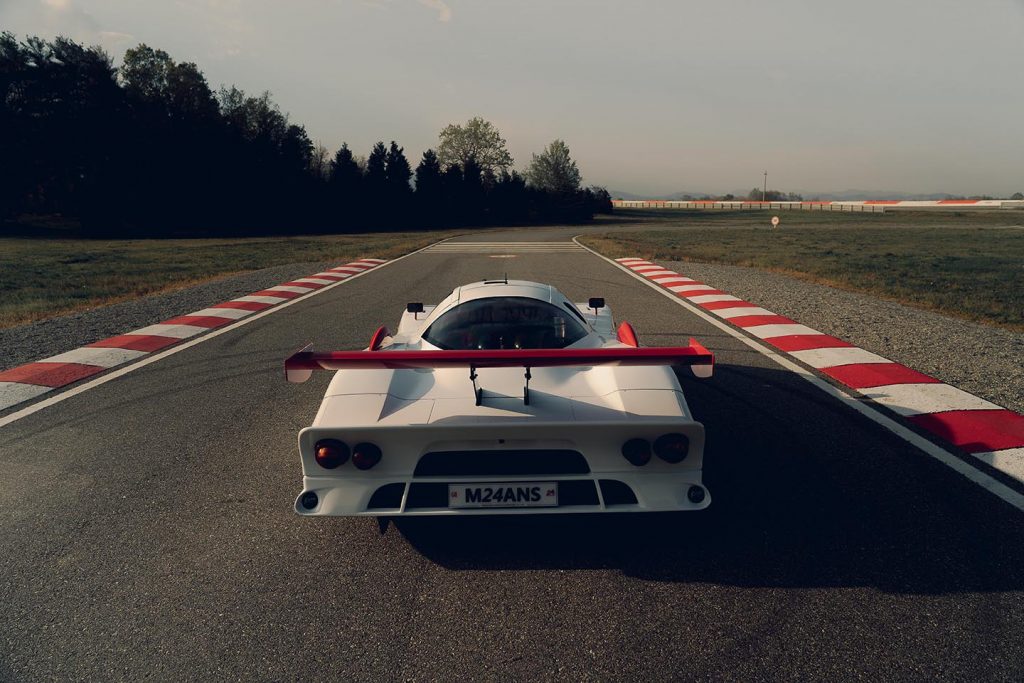
Out of the eight participations at the 24 Hours of La Mans, I have often touched the podium. If there are many variables that condition motorsport in general, at Le Mans they multiply because in addition to the mechanics, you have teammates, the night, the extreme conditions. I am really proud of myself for having driven in all editions on the limit, day and night, without ever having made a mistake that would have compromised my crew.
Erik Comas
After three years of restoration and delays due to the covid and the war that made everything slower and more complicated, Andrea Chiavenuto with his team and with the collaboration of some external specialists — all from Piemonte, including Carrozzeria Crestani from Valle Mosso — I finally handed over the R390 #30 at the Balocco Proving Ground for a day of tests.
Driving it again has been an inexplicable joy and I really enjoyed every kilometer I covered with this car so far, the only ex-Le Mans car to have been registered and therefore made road-legal. In other words, I could go shopping in it.
Erik Comas
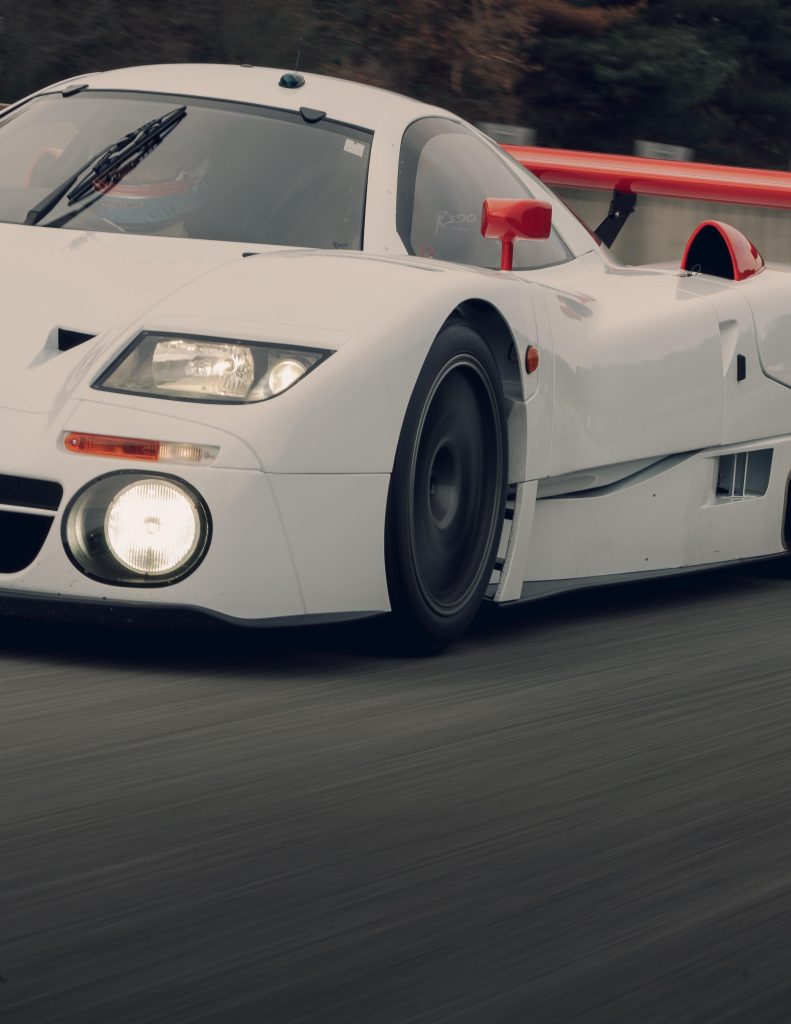
All components remained as they were in the 24 Hours race, but completely overhauled: the 3.5-liter twin turbocharged V8 engine, the sequential gearbox, the braking system. The greatest difficulty the team involved and I encountered was to preserve the entire electrical system of the time so that the current electronic-engine management could communicate with the 1990s PI dashboard. Only few people in the world have the skills to restore such a car: even today, there are few supercars that achieve the power-to-weight ratio of 1 for 1 in a non-limited version as a 24-hour race required. You need a global vision, and Andrea has these qualities.” — my husband comments.
This year, we all celebrate Le Mans 100th anniversary and this Nissan R390 GT1 will be a coveted guest at shows, concours d’elegance, and at legendary events such as the Goodwood Festival of Speed.
“It is now nine years since I visited Biella for the first time.” — my husband tenderly recalls. “The city has been particularly memorable for me both from a professional and personal point of view since the fact I first met Raffaella here, She became my wife five years ago. Even though today we only reside more occasionally in Europe, we are happy to bring an example of Italian excellence and skills around the world.”
I surely won’t go shopping with the R390, but I am happy to have shared with you this story which, before anything else, remains a true story of motorsport, sweat and never-ending passion.
